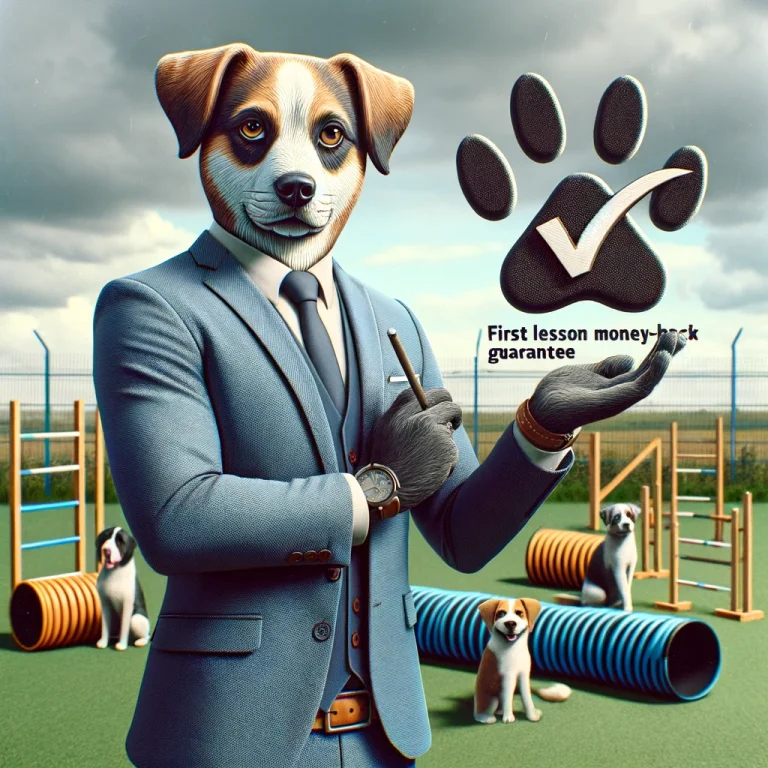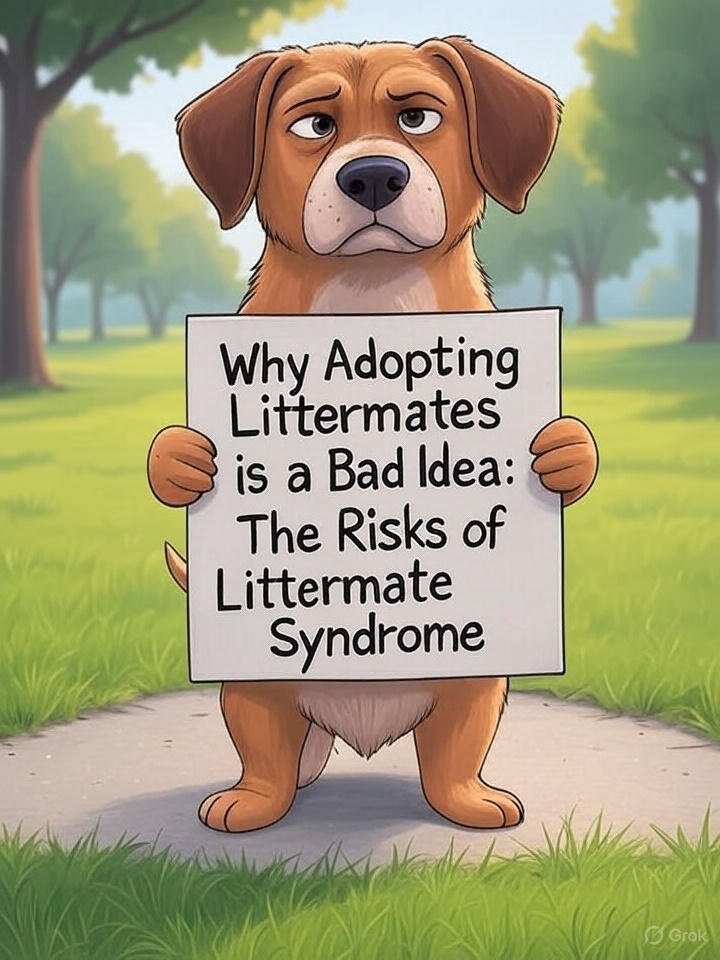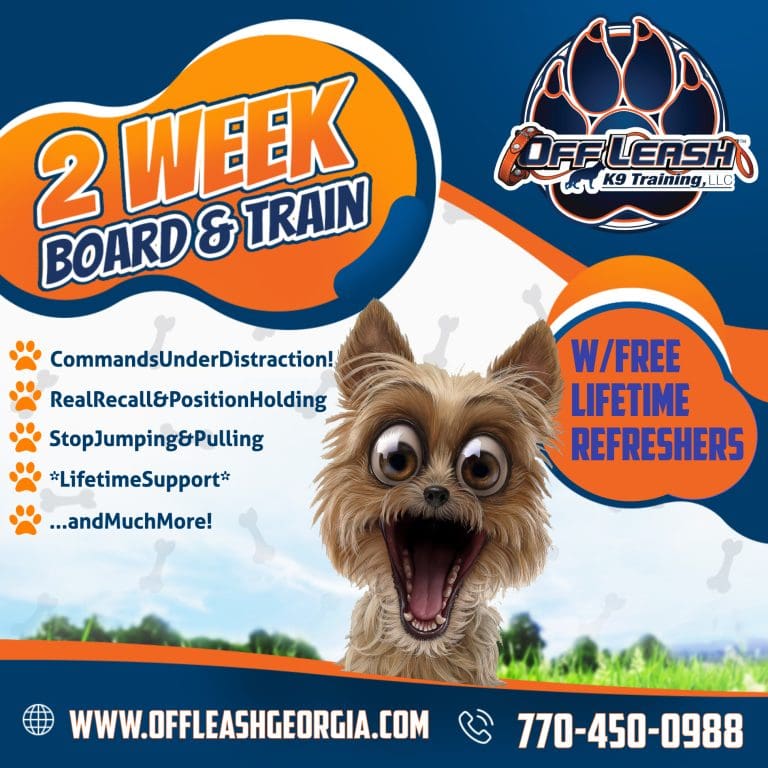Strategies for Managing Dominance in Dogs and Reducing Aggression
Where most dogs will never show signs of aggression in any way other will and we find that 99.9% of aggression is caused by either fear, dominance or a mixture of the two. The following is in reference to steps we recommend for dogs that have gotten too big for their britches. Dogs are only aggressive over things they think they own, the should not own anything. It’s important to recognize that dogs, like humans, have individual personalities and needs. What works for one dog might not be as effective for another. The following strategies are guidelines and should be adapted to suit your specific situation.
- Inadvertent Praising: This is the first and foremost thing to make sure you are not doing to reenforced bad behavior. If you are petting or talking in a higher tone to your pup when they are doing any unwanted behavior. We don’t always recognize we are doing it but if you are asking your pup to “calm down” or petting/telling them “it will be ok” you are likely inadvertently praising the behavior because they don’t know what those phrases mean.
- Furniture and Beds: Many of us enjoy snuggling with our dogs on the couch or bed. While this is generally fine, it’s crucial to establish boundaries, especially if you notice signs of possessiveness or territorial behavior in your dog. If dominance issues arise, reconsidering these privileges can help reestablish your role as the pack leader.
- Controlled Feeding: Avoid free feeding to prevent resource guarding behaviors. Establish a routine where you control when and where your dog eats. Dogs should get 10-20 min to eat if they don’t simply pick the food up and give back 12 hours later. Do not let them choose when they will eat. This not only helps in asserting your leadership but also creates a structured environment for your dog. Hand feeding for a week or two may be an even better start point if your pup has been resource guarding for a long time or has elevated to biting snapping already.
- Don’t Carry or Let Sit on You: While it’s often adorable to have small dogs sitting on you, it’s essential to understand the message it might send regarding dominance and submission. Elevating the dog above others and up to your level is allowing them to think they are higher on the pole than they need to think.
- Inanimate Objects: You can not be expected to remove people or furniture from your home that the pup may be dominant over your can remote other things. Toys, beds, bones or anything else your pup thinks is theirs should be removed for a time frame to show them you can take away things as easily as you can give them.
- Consistent Obedience Training: This is crucial for establishing and maintaining your role as a leader. Training should focus on reinforcing commands, improving leash behavior, and teaching your dog to respond reliably in various situations. Remember, the goal is not to dominate your dog but to guide them with consistent and compassionate leadership.
Final Thoughts: As we strive to improve ourselves, we should also aim to enhance our dogs’ behavior and well-being. Understanding and addressing dominance issues is a journey, not a destination. Regular training, consistent rules, and a clear understanding of your dog’s needs and behaviors are key to a harmonious relationship.





